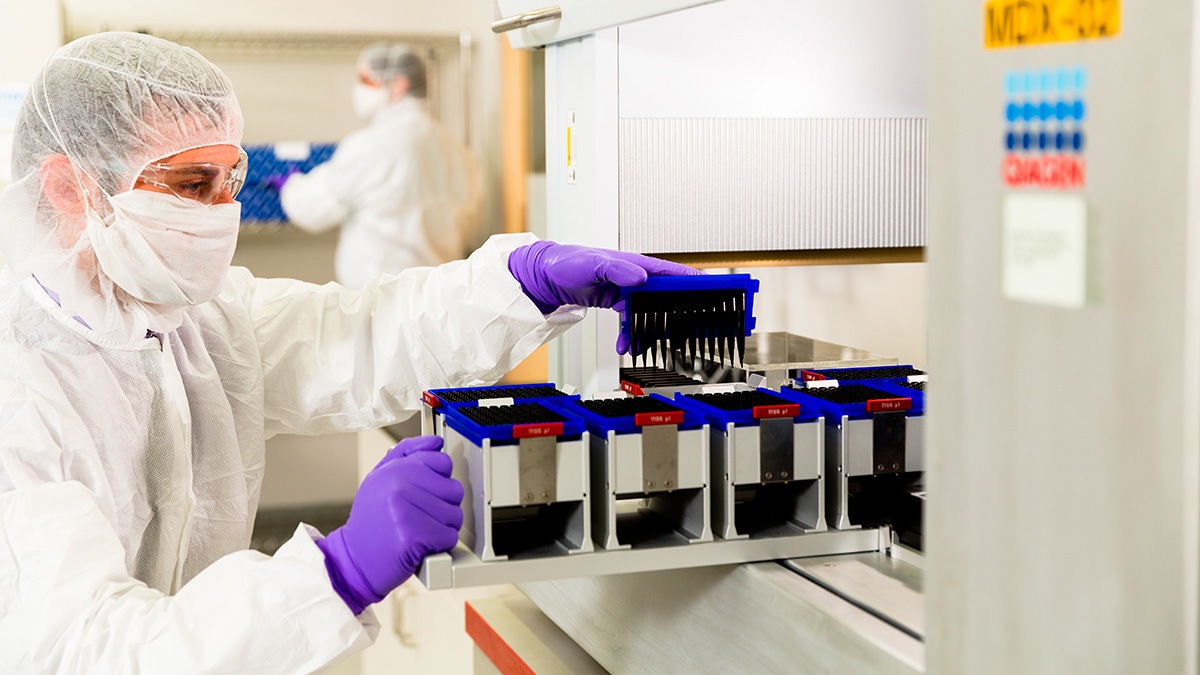
Spearheading the Fight Against Infectious Diseases and Emerging Outbreaks

In European Biopharmaceutical Review, scientists from PPD® Laboratory services explain how a combination of high throughput molecular biomarker technologies and bioinformatics have been successfully used to assess infectious agents.
Infectious diseases are one of the leading causes of death worldwide. Before the COVID-19 pandemic, the United States alone reported more than 3 million diagnosed cases per year, while millions more went unrecognized. While we’ve made progress in our understanding of biological process and in availability of vaccines, the prevalence of infectious diseases has continued to increase globally over the last 30 years.
There are a variety of laboratory methods that confirm a clinical diagnosis, but these mostly rely on the causative agents of the diseases themselves, and that approach is incomplete.
Serological methods that assess immune system reactions are also important. They monitor the response of host innate immune systems and the presentation of pathogen-derived antigens, which is important for understanding long-term immunity. Advances in genomic technologies add to the conversation. When combined with computational analysis, these biomarkers can improve the understanding of an infectious disease’s epidemiology.
In this article from European Biopharmaceutical Review authored by scientists Anup Madan, Tina Green, Palanikumar Manoharan and Abigail Cross from PPD Laboratory services, explore how biomarker technologies can be used to identify infectious agents, track transmissions, determine the origins of outbreak and provide effective genomic surveillance.